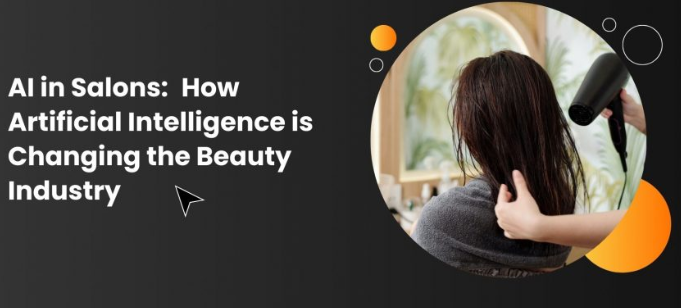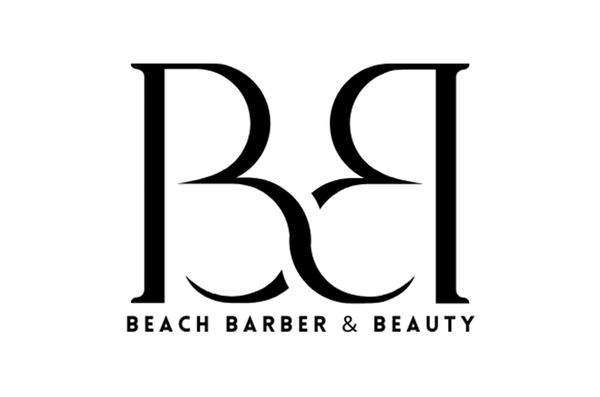
Technology and the Customer Experience: How AI Is Transforming Salon Personalization
Share
Technology and the Customer Experience: How AI Is Transforming Salon Personalization
In today’s beauty industry, technology isn’t just behind the chair — it’s at the heart of how salons understand, serve, and retain their clients. From appointment booking to product recommendations, advanced tools like artificial intelligence (AI) are redefining what it means to deliver a truly personalized experience.
Understanding the Modern Client
Today’s clients expect more than great results — they expect a service that feels tailored specifically to them. They want stylists who know their preferences, anticipate their needs, and make thoughtful recommendations. Technology is helping salons deliver exactly that level of personalization.
AI-Powered Personalization
Modern salon software can now analyze customer data such as appointment history, service preferences, product purchases, and even feedback from past visits. AI tools use this information to help stylists make smarter suggestions — whether it’s recommending a new treatment, reminding clients when it’s time for a touch-up, or suggesting products that align with their hair type and lifestyle.
For example, a salon management platform might automatically flag that a client who received balayage six weeks ago is due for a toner refresh. Or, based on purchase history, it might recommend a moisturizing shampoo suited to their specific color-treated hair.
Building Loyalty Through Data
This level of personalization creates a stronger bond between salon and client. When customers feel seen and understood, they’re far more likely to return — and to share their positive experiences with others. Technology gives salons the power to make every client interaction feel thoughtful, efficient, and consistent.
The Future of Salon Experiences
As digital tools continue to evolve, we can expect even more seamless integration between technology and the human touch that defines great salon service. The salons that embrace these innovations today are setting a new standard for customer experience — one that’s smart, connected, and deeply personal.

Let’s explore what’s changing — and what you can start doing today.
1. Turning Data Into Better Service
Every salon collects valuable information — appointment history, service preferences, retail purchases, and even how often clients return. AI and smart salon software can analyze that data to uncover insights you can use to personalize every interaction.
Example:
If a client always books a color service every six weeks, your system can automatically send them a reminder or special offer for a toner refresh around week five. This small touch keeps your schedule full and makes your client feel remembered.
Takeaway:
👉 Use a salon management platform that allows you to tag and track client preferences, then set automated reminders or recommendations.
2. Personalized Product Recommendations
AI tools can now help stylists suggest products based on each client’s hair type, service history, and purchase patterns. This eliminates guesswork and builds trust — clients see you as someone who truly understands their needs.
Example:
After a smoothing treatment, your system could prompt a message like: “Recommend heat-protection serum for this client to maintain results.”
Takeaway:
👉 Choose a retail system that integrates product data with client profiles, so stylists get smart suggestions they can share confidently.
3. Building Loyalty Through Consistent Connection
Technology allows you to maintain a personal relationship even between appointments. Automated follow-ups, thank-you texts, or product replenishment reminders show clients you care beyond the salon visit.
Example:
A week after their appointment, send a short message asking how they’re liking their new style and include a link to rebook. Personalized, genuine messages go a long way toward client retention.
Takeaway:
👉 Set up post-visit messages and retention campaigns — many platforms like Vagaro, GlossGenius, or Meevo have these tools built in.
4. The Human Touch Still Matters Most
Technology is powerful, but it should enhance — not replace — the human connection that keeps clients loyal. Use these tools to remember your clients’ preferences, anticipate their needs, and free up more time for meaningful conversations in the chair.

